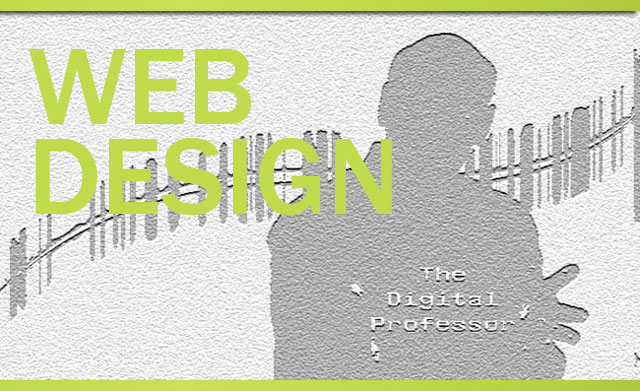Thought this might be of interest to some of us transceptive beings:
The Power of People: Community Responses to Capitalism in Crisis
Public Meeting and Meal: Lessons Learned and Looking Ahead
Sunday March 1st, 2009
Time: 3pm (Meal at 5pm)
Location: OISE, 252 Bloor Street West (St. George Subway Station), Main
Auditorium
Free Meal will be served after the event!
By Donation / PWYC
---------------------------------------------------------------------
Featuring:
Max Rameau, Take Back the Land (Miami, Florida)
Richard St. Pierre, Longtime Quebec activist and member of the
Internationalist
Workers Group (Montréal, Quebec)
Cynthia Palmaria, Migrante-Ontario (Toronto, Ontario)
John Clarke, Ontario Coalition Against Poverty (Toronto, Ontario)
---------------------------------------------------------------------
Please join us for an evening of discussion and food. Come hear directly from a diverse panel of community organizers about their experiences and strategies, including Max Rameau, an organizer with the Miami-based 'Take Back the Land', a grassroots group that, as a result of the crises of
gentrification, housing and now foreclosures, has been liberating public and foreclosed land and homes since 2006.
The current crisis of capitalism has long been forming, but it is much broader than the current credit crunch, plunging stock and housing markets. This crisis is about our ability to buy food, to afford housing and transit, find work, and access welfare and disability support money.
And yet, in this country, as in many parts of the world, billions of dollars are earmarked for corporate bailouts, while people face a crisis of survival. So-called 'stimulus packages' do not address the perpetual roll-back in our social gains - public education, affordable housing,
health care, collective bargaining, a living wage, safe work conditions, a non-toxic, sustainable environment. In the City of Toronto, spending on social housing is dropping annually, subsidized daycare spots are set to be slashed, basic social services cut, and a majority of us do not and
will not qualify for EI. Women and migrant workers' needs are not even on the table.
But we didn't break the system - one that never worked for us in the first place. We should not be forced to pay for it.
Only through bitter struggle have we won any measure of justice and dignity for our communities. The current financial crisis is and will continue to hit poor, marginalized, working, and racialized communities first and hardest. Make no mistake - the rich are scrambling to save themselves.
Please join us to discuss an inspiring history and present examples of resistance, and ways we can come together to fight for what is ours, for what our families and neighbourhoods really deserve.
-----------------------------------------------------------------------------------------------------
Hosted by: OCAP (Ontario Coalition Against Poverty), GGAPSS
(Graduate Geography and Planning Students Society of UofT), and the
Toronto New Socialists
Endorsed by: CAIA (The Coalition Against Israeli Apartheid) BASICS
Community Newsletter, and OPIRG (Ontario Public Interest Research Group)
Ontario Coalition Against Poverty
10 Britain St. Toronto, ON M5A 1R6
416-925-6939 ocap@tao.ca www.ocap.ca


